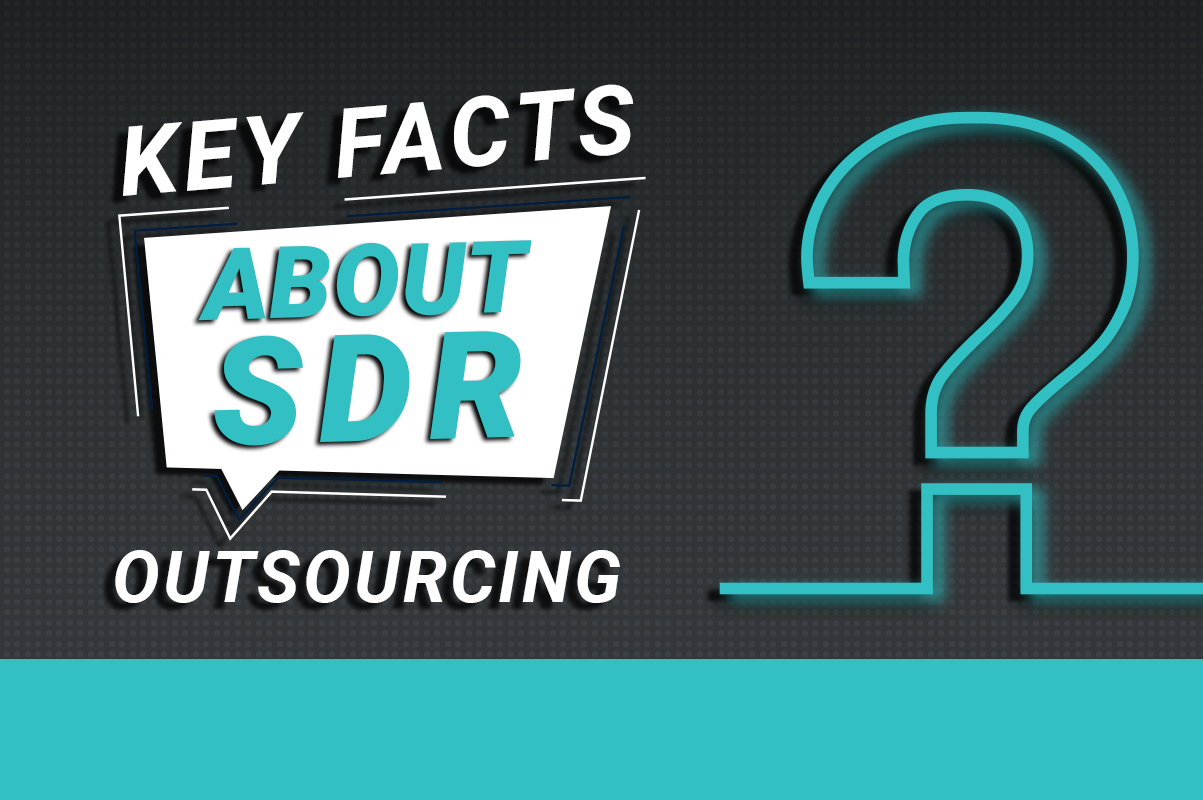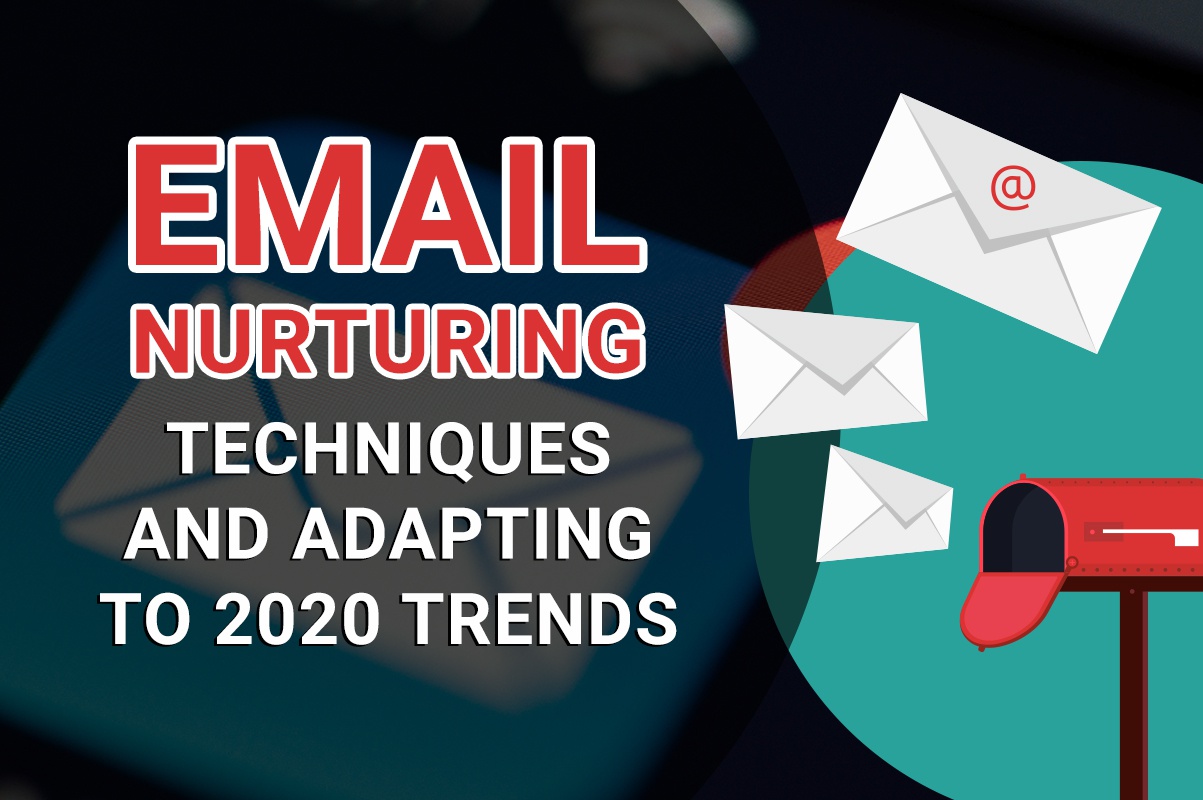Buyer Personas are Critical to Selling

Identifying the target audience is one of the fundamental steps to business development but do you actually know who your customers are? Can you identify their needs or specific interests? Are you aware of the background of a typical customer? If you feel like you’re struggling to truly understand the customers you are trying to attract, then there’s something you’re probably missing.
If you’re trying to build a brand with products or services you are certain your customers will love, you need to have a solid understanding of who your customers are.
Building a detailed buyer persona will help determine the area of focus, allowing for better alignment across your organization.
Simply making assumptions about your customers isn’t really enough. It takes time and effort to research and figure out who your audience is. It’s essential to identify and examine common patterns in your audience. Here are some effective methods to build your buyer personas.
1. Buyer History
Having as much information as you can for every point during a purchase is critical. One valuable perspective is the sales history of that area – the total sales for a particular area at a particular time. More specifically, focus on comparable sales. That is, products that have been sold in the same vicinity with features that is similar to yours.
Firstly, this research should give you some insight into your competitor’s business. This provides an important edge to the negotiation process. Comparing prices with your competitor’s product can provide you with an excellent benchmark for potential added value. This also gives you an insight into the maximum amount you should be investing in pre-improvements to make sure there’s a decent ROI at the end of the exercise.
Ultimately this knowledge will act as a shield from over-capitalizing on investment.
2. Buyer Industry
Understanding where you stand relative to the rest of your industry is advantageous for identifying opportunities and threats within your environment, as well as making business plans in the context of the industry’s future.
Being able to foresee the changes that are likely to take place in the industry helps you foresee what changes your company is likely to go through. This enables you to position yourself in the market during the planning and give you ample opportunity to differentiate yourself from competitors. Identifying those opportunities is a catalyst for growth.
3. Buyer Demographic Data
Understanding the demographics of your target audience is vital to gear your site’s content and data, for example, terms and keywords, towards your target buyers – avoiding the hit-and-miss marketing method.
Doing so allows you tom come to a better understanding of ideal customers, allows you to create sales opportunities that target the customer you want and avoiding costly mistakes in your marketing.
If you are well aware of your target demographics, you can in fact stretch that budget by going directly to where your ideal customers are found.
It’s like casting a fishing line into a pond to catch the exact fish you’re looking for, rather than casting a wide net for only a few fish.
You can also identify gaps in your sales and marketing strategy which, in turn, helps create unique selling points.
By understanding customer demographics, any business can increase sales with marketing efforts that target those that are most likely to buy.
4. Buyer Geographic Data
Customers that live in different geographic regions typically show varying wants, needs and cultural characteristics. Researching these differences allows the business to focus its marketing efforts more precisely on their defined area of interest. – avoiding inefficient spending.
Geographic segmentation is one of the most effective methodologies used by organizations to better understand the location-based attributes that comprise a specific target market.
When data from geographic segmentation guides the creative, the message that results have a higher likelihood of triggering and resonating a purchase, thus making dollars in marketing go beyond business that blasts every audience segment with the same kind of message.
When the data from geographic segmentation guides the creative, the resulting messaging has a higher propensity for resonating and triggering a purchasing action, thus making your marketing dollars go further than by simply blasting each audience segment with the same message.
5. The Timeline Between Sales (Gap Difference)
The marketing timeline helps in lining up projects in the pipeline and allows the team to see a full overview of the projects they should be working on and makes everyone aware of the deadlines so nothing falls through the cracks.
Above all, this eliminates the panic of mapping out campaigns and projects at the last minute. Planning well ahead of time means more of a chance of successfully executing a project.
6. Advertisements That Grabbed Market Attention
One of the major roles of advertising is to create awareness of a product or service. It’s the best way to reach out to your customers about product details, especially when the product is introduced into the market.
Proper product information helps customers make better purchase decisions which are ever more important when the competition in the market is large.
Persuasive messages regarding the superiority of a product in comparison with others in the market are vital to boost sales. A positive attitude towards the brand helps increase sales as well. Through promotional techniques like advertising, marketers can course-correct negative attitudes towards their product, if any. Advertising, on the whole, helps develop a brand image and brand loyalty.
7. The Current Trend for the Buyer Product
The importance of what’s going outside your company is something that shouldn’t be underestimated. It’s very easy to get engrossed within your own company and forget to take a look at the bigger picture, but that’s where you can really see what’s going on and figure out what you can do to stay ahead, differentiate your brand, and cut through the noise in a crowded marketplace.
You need to look at your markets as well as keep an eye on the market by researching consumer trends and industry trends.
Consumer trends don’t just relate to things like how much customers spend on products and what they buy, but also include things like customer engagement rate with the brand, the customer’s preferred way of communication, and the style of purchase, among other factors.
8. Influencer Marketing
The most impactful trend in marketing is the increased use of brand influencers. By partnering with a market-trusted third-party you can increase consumer confidence and your credibility. When people believe that your message is genuine, they are likely to pay more attention and respond at a greater rate. Gaining access to potential prospects is also quicker when using
This point is particularly in the case if the influencer person has a strong following on social media or blog in the industry in which you operate.
51 percent of marketers believe to have captured better quality prospects through influencer marketing.
Create a Buyer Persona Strategy with Flobile
Flobile helps sales teams create an engaging buyer journey to create a fluid conversation with qualified prospects. The innovative B2B buyer enablement process can lead to a 20% increase in sales opportunities and conversions.
Using a data scientist-developed AI system, Flobile allows businesses to build a meaningful relationship with their target audiences and create effective buyer journeys through omnichannel experiences.
Buyer Enablement
Buyer Persona






